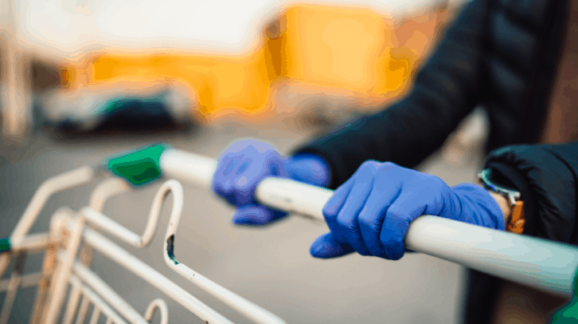How to Reopen the Economy with a Reality-Based Approach
Sweeping public health measures to combat the COVID-19 pandemic, such as banning large gatherings, travel restrictions, closing all but essential businesses, closing schools, and “social distancing” for the entire population, have “flattened the curve.” But they are also flattening the economy, destroying millions of jobs and thousands of businesses. If they are maintained for much longer, we will suffer a deep and prolonged recession. The damage will not merely be economic: Social isolation is associated with depression, anxiety, mental decline, and increased risk of premature mortality.
Imposing public health measures is not an all-or-nothing choice. There must be an ongoing evaluation of interventions that detect infections, limit viral transmission, and minimize the number of deaths. We must continue expanding viral testing and contact tracing to identify infected people who must be isolated. As COVID-19 hospitalizations and deaths peak and decline, it is time to consider moving to less comprehensive mitigation measures that narrowly target the most vulnerable, with flexibility for different situations and geographic areas.
New data indicates that COVID-19 is far less lethal than feared and far more dangerous for certain groups than others. Early studies overestimated fatality ratios because the denominator (the number of infected people) was derived from testing only the sickest patients who were most likely to die, leaving those with mild or no symptoms uncounted. More recent data from California, New York, and Europe suggests that most infections are asymptomatic and go undetected. A new study of random samples in New York State reports at least 13.9% of the population were infected, recovered, and now have antibodies. The figure was higher (21.2%) in the hot spot New York City. These figures are undoubtedly low since it takes two to three weeks to develop antibodies, and people infected in the past few weeks will not yet test positive.
This means far fewer people who get infected will die than what was originally predicted. In New York, the infection fatality rate is 0.5% or less, higher than influenza but a small fraction of previous estimates. Moreover, 0.5% is a figure for the population as a whole. It includes kids and young adults (for whom the disease is usually asymptomatic or mild) and vulnerable groups, such as the elderly and chronically ill, for whom the risk of severe disease and death is much higher.
How much higher? In Europe, 95% of COVID-19 deaths occurred in patients older than 60, and 80% of deaths were in people with at least one underlying medical condition. In New York state, the U.S. epicenter with more than 15,000 deaths, 84% of the dead were 60 or older, just 6% were under 50, and there were only eight deaths in the age 19 and younger group. About 89% of New York deaths had a least one medical comorbidity. Unlike the 1918 influenza pandemic, COVID-19 deaths in healthy, younger people are rare.
Read the full article at The Washington Examiner.
